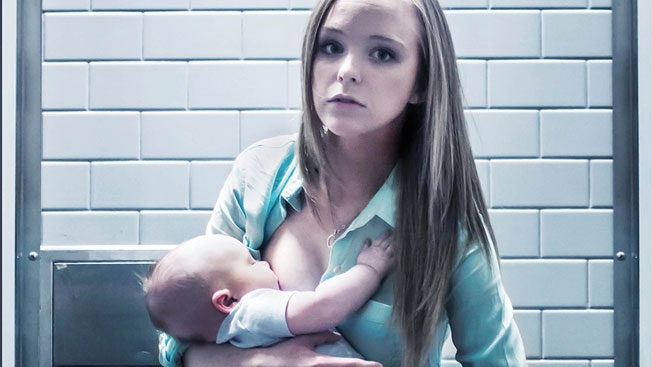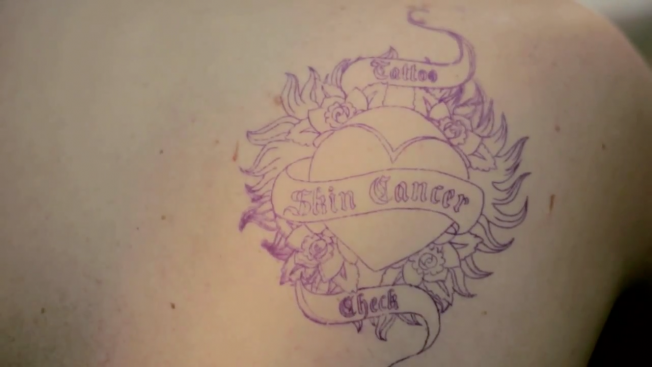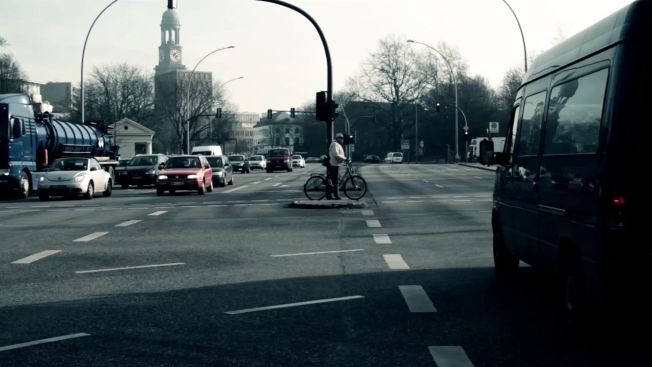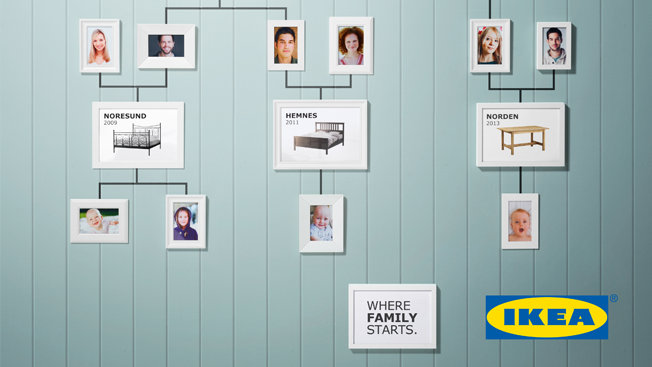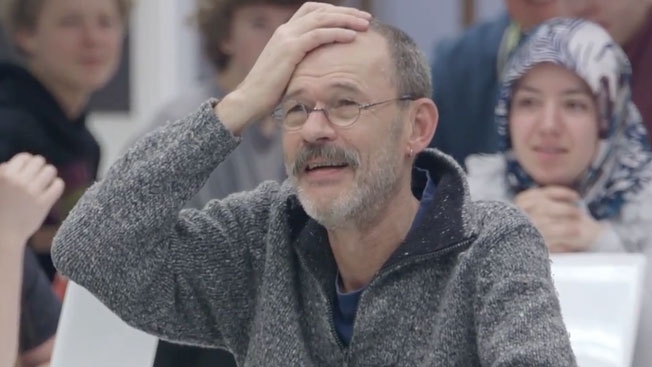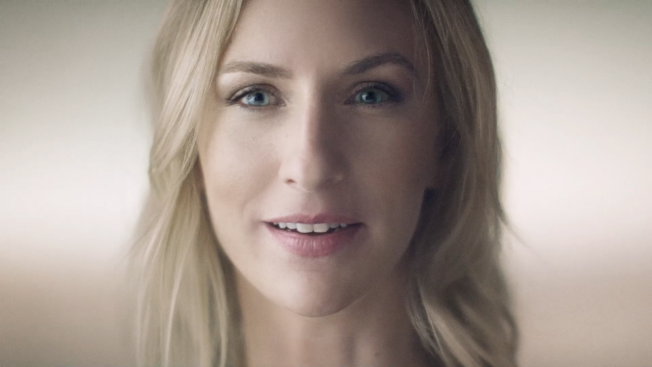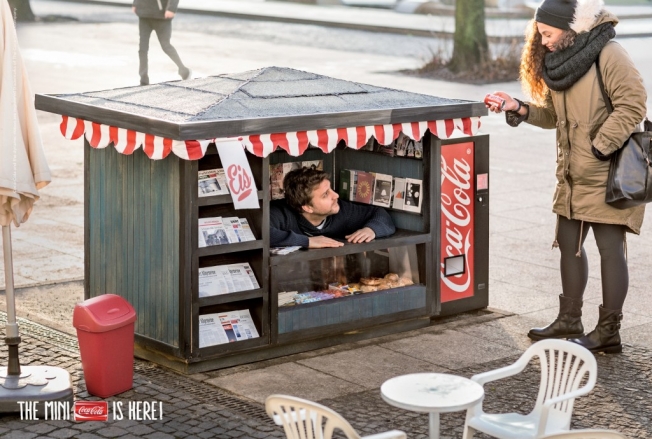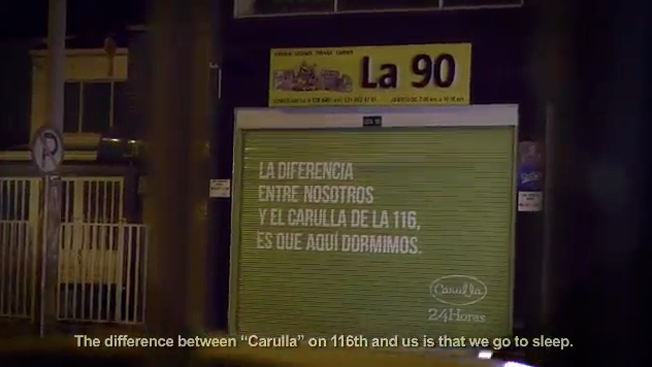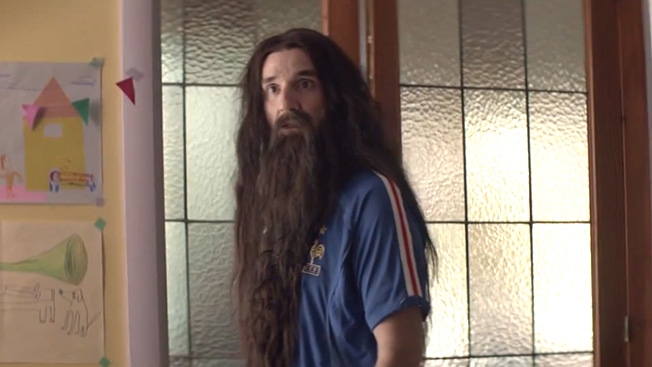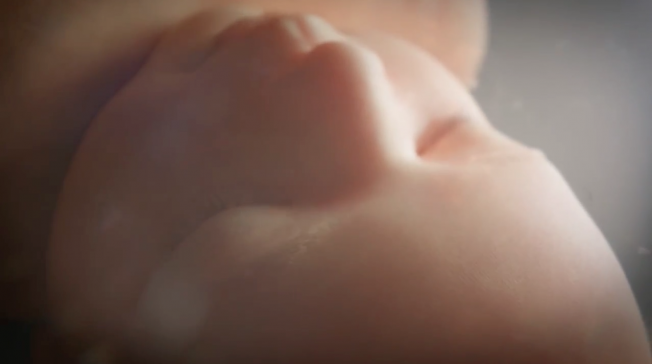Planners today need to be more like conductors able to decipher and orchestrate meaning, understanding and actionable plans from a discordant mix of tactile inputs, digital signals and cultural trends.

Stock markets seem to move arbitrarily. The average tenure of a CMO is getting shorter and shorter; accounts are put into review seemingly as exercise. Brands can be buried by a PR scandal or immortalized serendipitously overnight as a result of the entrenched culture of social media.
Planning can no longer be a haven for meticulous, deliberate academics. Planners need to be on the front lines of this tumult, and their true value is no longer the ability to craft an impeccable, four-month research plan. Increasingly the problem is not a lack of data or information, but an excess of it. Thanks to big data, explaining consumer behavior is not hard anymore. But making the data inspiring is. Turning a client’s mound of research into tight, affordable, actionable ideas is what will make planners indispensable. And we don’t plan far ahead; we interact and try to understand and curate from consumers who carry devices in their hands 10 times more powerful than the computers of 10 years ago.
In his book Everything Bad Is Good for You: How Today’s Popular Culture Is Actually Making Us Smarter, Steven Johnson makes a great case for how the pop culture we soak in every day is posing new cognitive challenges that are actually making our minds measurably sharper. People can see through it all, and planners must grasp that.
United Technologies’ (a former client of DDB New York) “Cross Section” campaign was a great example of this. UTC is an industrial conglomerate that owns companies like Carrier, Otis and Hamilton Sundstrand. The target was institutional investors who want to be first, right and recognized for it. There is nothing they don’t already know. With this in mind, artists were commissioned to render cross sections of UTC’s technology—helicopters, jet engines and space suits. The intricacies of the products were on display but so were the financial facts about the company. The target appreciated the facts being made visible to them, which in turn helped to build trust in the company.
Effective planners must adapt to the tumult through real-time access to information, allowing them to continually accrue insights. A simple peek at what 1,000 Facebook friends are thinking, doing and feeling can be used as input to a planner’s cultural purview on the world.
A case in point is The Honest Company. Founded by actress Jessica Alba, it provides organic and natural products for babies and adults. The likes the brand has on Facebook help to paint a portrait of moms as we craft our briefs—especially for products that appeal to moms concerned about what they put into and onto their babies.
No budget? Be scrappy and look to new behavior-based sources for insights into the connected, hyperengaged consumer.
Google Trends/Google Search Insights allows us to understand the natural behavior, how consumers seek info, the words people use when searching for a product/category/brand and if there are geographic or seasonal nuances. Social Listening tools like Social Mention, Visible Technologies and Symphony allow us to understand which social platforms consumers favor and the types of conversations they have (including tone/sentiment). And digital content audits allow planners to understand where and how their target consumes content, how they share content and if they generate content.
Big ideas still rule, and having a core platform idea that makes for a cohesive brand narrative is still critical. The New York Lottery has had many campaigns over the years, but the one constant truth is that the work must fuel people’s innate tendency to dream big.
Finally, planners should always be ready to adapt to strange situations. The crazier the world gets, the more clients will want to know that someone can explain what the hell is going on. We must think fast and act like first responders in a brand’s ever-evolving journey.
Maria Tender (@mariatender) is director, brand planning at DDB New York.
